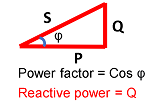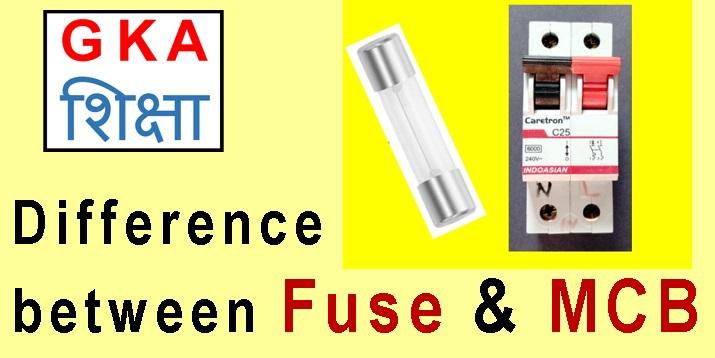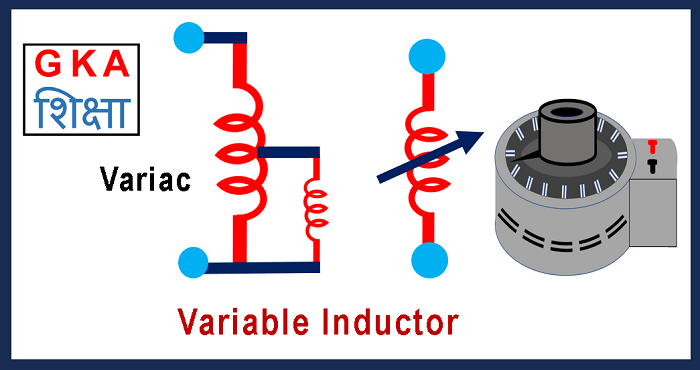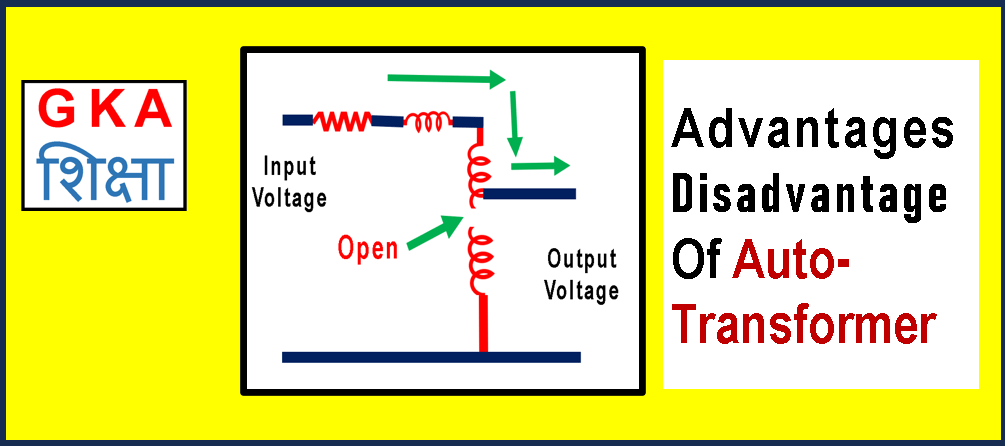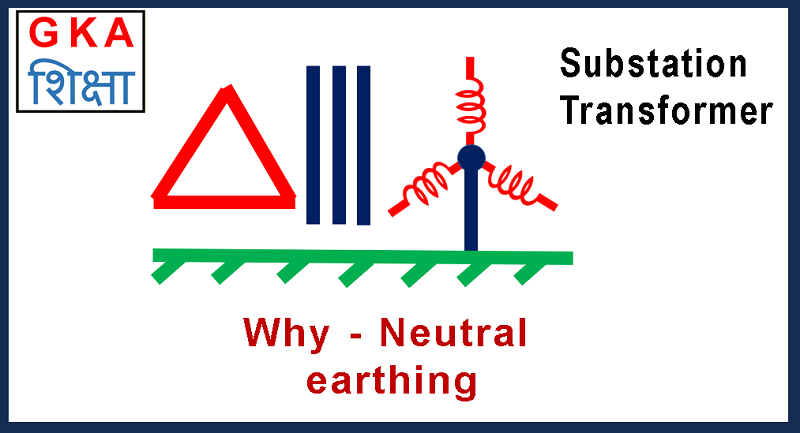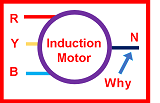Power Factor and Reactive Power Difference
You will learn the difference between power factor and reactive power in this post. We will discuss also active power, reactive power, apparent power, and power factor and also the formula of correlation between them with calculation and examples.
And also as usual extra knowledge based on my industrial design experience.
Power Factor and Reactive Power Difference Read More »

